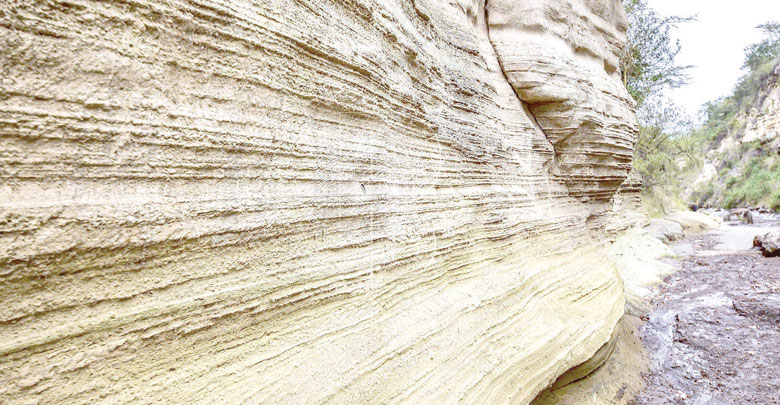Of Devil’s Bedroom and other beauties of famous Naivasha park
By Kirera Mwiti, September 3, 2019For a visitor to Hell’s Gate National Park in Naivasha, the towering cliffs and undulating grassland provide one of the few remaining places in the country where one can walk alongside herds of buffalo, zebras, eland and giraffes.
The park, with an area of 68Sq. Km was gazetted in 1984. Previously, pastoralists grazed their livestock among the wildlife.
Located on the floor of the Great Rift Valley, the small park provides a rich array of biodiversity and its one of the only two parks in the country where visitors are allowed to walk or cycle without a guard.
The park is named after a narrow break in the cliffs, once a tributary of a prehistoric lake that fed early humans in the Rift Valley. It was named “Hell’s Gate” by explorers Gustav Fisher and Joseph Thomson in 1883.
The explorers found house-shaped caves and thought of the idea of naming them as the devil’s houses, a name that still stands to date. One of the caves is named the Devil’s Bedroom.
Obsidian rocks
Many who visit the Devil’s Bedroom leave their mark with names inscribed on the walls to show that they arrived, saw and conquered.
Shiny black obsidian rocks hang loosely on the cliffs, which are the main walls of Hell’s Gate.
Some of the spectacular scenery in the park include the towering cliffs, water-gouged gorges, stark of rock towers, scrub-clad volcanoes and rising plumes of geothermal steam.
On entering the park, one is welcomed by the 25-metre high Fischer’s tower which is used by novices in rock climbing.
The jugged volcanic plug is all that remains of an ancient volcano and it’s named after the German explorer Fischer and the rock that offers excellent climbing is home to a colony of rock hyraxes.
However, over the years, the park has lost some of its allure because of the ongoing geothermal exploration which, according to experts, has displaced wild animals and birds of prey.
More Articles

